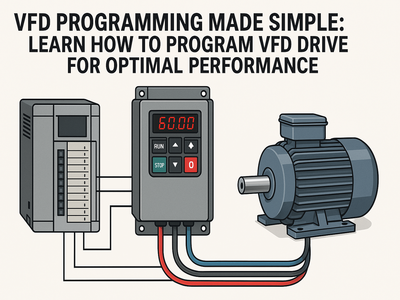The Internet of Things (IoT) is rapidly transforming industries by integrating automation, efficiency, and data-driven insights to enhance business operations. However, the process of scaling IoT deployments across industries comes with significant challenges, including managing an increasing number of connected devices, ensuring secure and reliable communication, and maintaining interoperability across platforms. IoT Levels and Deployment Templates play a crucial role in structuring IoT implementation, optimizing resource allocation, and ensuring scalability. At Aknitech Automation, we specialize in delivering robust IoT solutions tailored to industry-specific needs. This blog explores the major challenges in IoT scalability and how leveraging IoT Levels and Deployment Templates can provide seamless and effective solutions.
Understanding IoT Levels and Deployment Templates
IoT Levels define the hierarchical structure of an IoT system, categorizing different layers based on their functionality. The Perception Layer consists of sensors and actuators that collect and transmit data, the Network Layer facilitates device-to-cloud communication, the Edge Layer processes data locally to reduce latency, the Cloud Layer manages large-scale data processing and analytics, and the Application Layer provides the interface for end-users. A well-defined IoT level structure ensures an organized approach to designing and deploying scalable IoT solutions.
IoT Deployment Templates are preconfigured frameworks that standardize the deployment of IoT solutions across various industries. These templates provide predefined configurations for device setup, network architecture, data flow models, security protocols, and integration guidelines. By implementing deployment templates, organizations can ensure consistency, enhance security measures, and accelerate the deployment of IoT systems. Aknitech Automation specializes in customized IoT deployment strategies, ensuring businesses can integrate cutting-edge technology with minimal operational disruptions.
Challenges in Scaling IoT Deployments
Device Management at Scale remains one of the biggest challenges in IoT implementation. Managing millions of devices across different locations requires efficient firmware updates, authentication mechanisms, and energy optimization strategies. IoT Deployment Templates streamline device onboarding and management, ensuring a structured and scalable approach.

Network Scalability and Latency Issues arise as IoT networks expand. High-bandwidth communication and real-time data processing are critical, especially in industries like healthcare and manufacturing. Leveraging IoT Levels, particularly Edge Computing strategies, allows data to be processed closer to the source, reducing latency and network congestion.
Interoperability Between Devices and Platforms is another significant hurdle, as IoT ecosystems include diverse devices, cloud platforms, and communication protocols that must seamlessly interact. Deployment Templates enforce standardized protocols such as MQTT, CoAP, and HTTP, ensuring seamless connectivity and integration across different IoT environments. Aknitech Automation prioritizes interoperability in its IoT solutions, enabling businesses to achieve cross-platform compatibility effortlessly.
Data Management and Analytics are crucial in IoT operations as vast amounts of data are continuously generated. Efficient handling, storage, and real-time analytics are necessary for optimizing system performance. By implementing a structured hierarchy within IoT Levels, raw data is filtered and processed at the Edge Layer before being sent to the Cloud Layer, reducing computational costs and enhancing operational efficiency.
Security and Compliance Challenges remain a top concern for IoT deployments, as connected devices are vulnerable to cyber threats, data breaches, and unauthorized access. IoT Deployment Templates reinforce security measures such as end-to-end encryption, role-based access control, and real-time security monitoring. Aknitech Automation integrates advanced cybersecurity frameworks to safeguard IoT infrastructures, ensuring compliance with industry regulations.
Industry-Specific Use Cases
In Smart Manufacturing, Aknitech Automation helps manufacturers implement IoT Levels and Deployment Templates to optimize predictive maintenance, reduce downtime, and enhance supply chain efficiency. Healthcare IoT benefits from secure and scalable patient monitoring solutions, ensuring real-time data analysis and compliance with healthcare regulations. Smart Cities leverage IoT templates for traffic management, waste management, and public safety solutions. In Energy & Utilities, IoT Levels optimize energy distribution, improve grid management, and enable predictive maintenance, ensuring operational efficiency across the power sector.
Conclusion
Scaling IoT deployments across industries requires a strategic approach to address challenges related to device management, network scalability, interoperability, data processing, and security. IoT Levels and Deployment Templates serve as fundamental components in simplifying implementation, enhancing efficiency, and ensuring seamless scalability. Aknitech Automation empowers businesses with tailored IoT solutions that leverage structured IoT architectures and standardized deployment frameworks. By integrating these best practices, organizations can successfully deploy and manage large-scale IoT solutions with confidence, unlocking new opportunities for innovation and growth.







